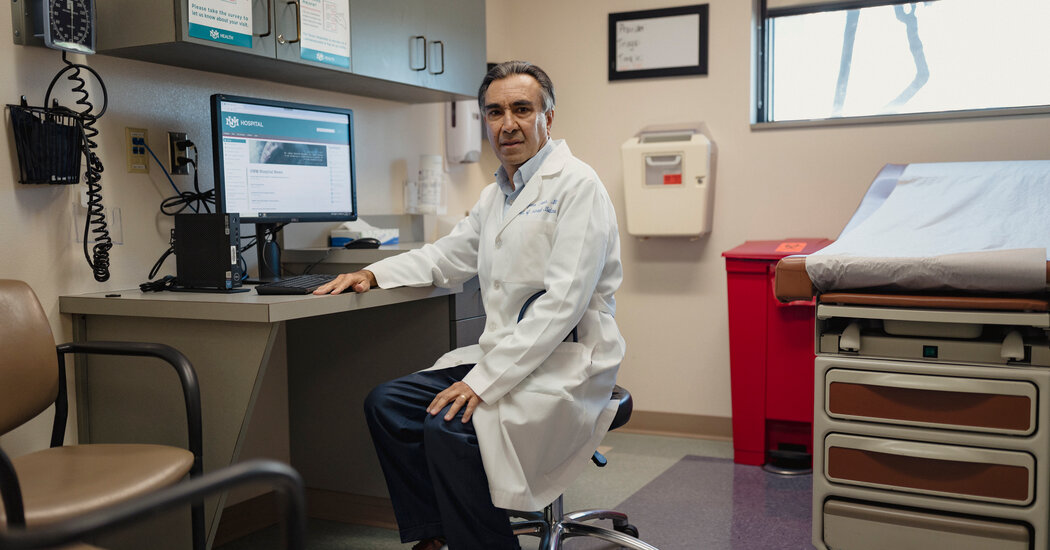
In the 10 years since the drugmaker Gilead debuted a revolutionary treatment for hepatitis C, a wave of new therapies have been used to cure millions of people around the world of the blood-borne virus.
Today, 15 countries, including Egypt, Canada and Australia, are on track to eliminate hepatitis C during this decade, according to the Center for Disease Analysis Foundation, a nonprofit. Each has pursued a dogged national screening and treatment campaign.
But the arsenal of drugs, which have generated tens of billions of dollars for pharmaceutical companies, has not brought the United States any closer to eradicating the disease.
Spread through the blood including IV drug use, hepatitis C causes liver inflammation, though people may not display symptoms for years. Only a fraction of Americans with the virus are aware of the infection, even as many develop the fatal disease.
A course of medications lasting eight to 12 weeks is straightforward. But the most at-risk, including those who are incarcerated, uninsured or homeless, have difficulty navigating the American health system to get treatment.
Of those diagnosed in the United States since 2013, just 34 percent have been cured, according to a recent analysis by the Centers for Disease Control and Prevention.
